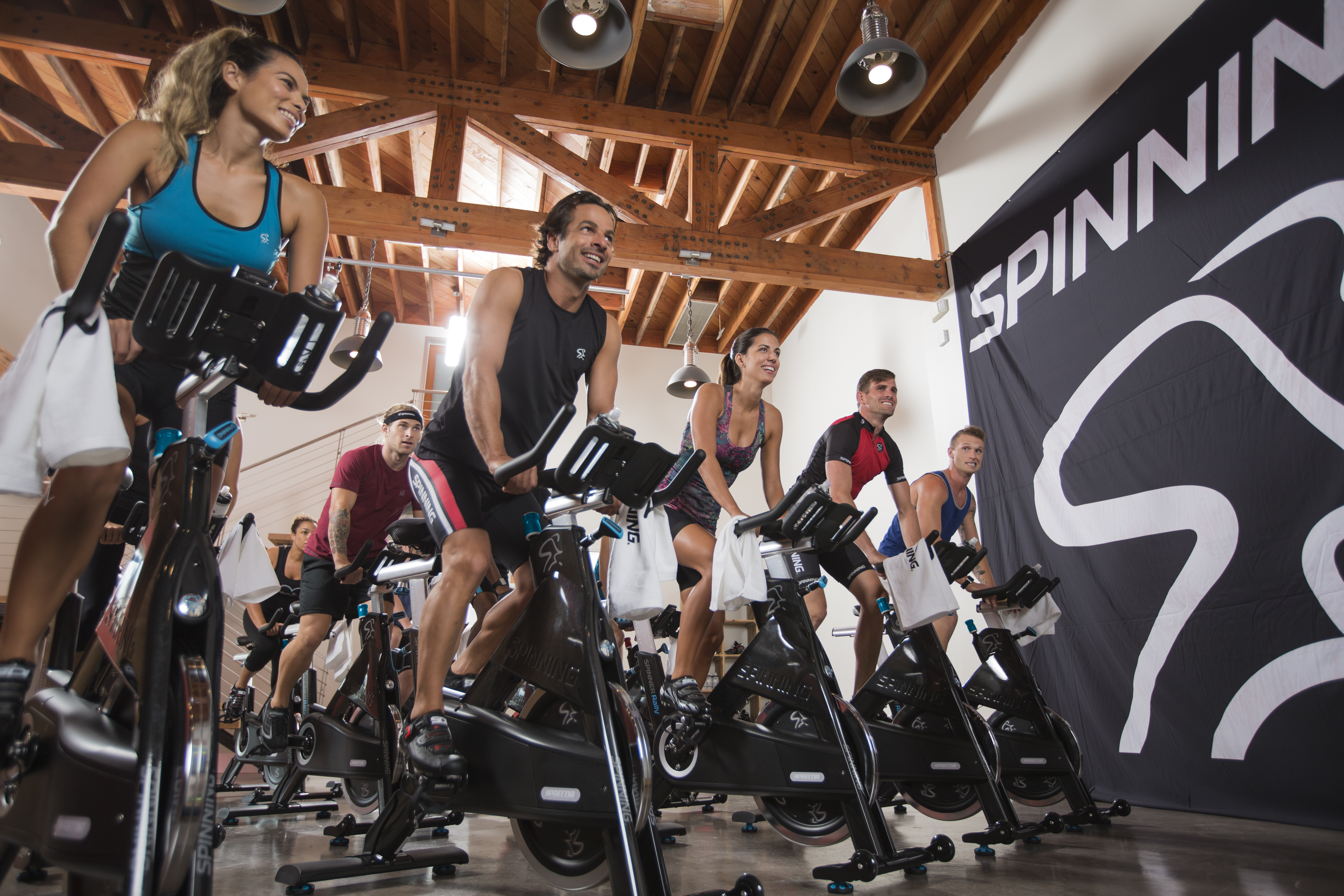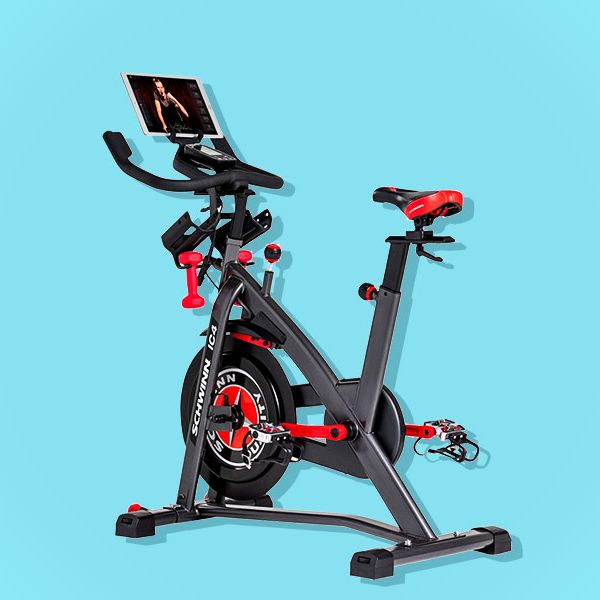
- #Set up spinning bike portable#
- #Set up spinning bike pro#
- #Set up spinning bike trial#
- #Set up spinning bike professional#
#Set up spinning bike portable#
Optimize your ride with our new portable tracking solutions!

Our SPINNER® bikes, by themselves and/or configured with peripheral components, are protected by the United States patents, click here to learn more. It will not hold tablets and phones horizontally (landscape) in the clamps. The integrated tablet mount will fit landscape up to a 12.9” ipad and will fit every tablet and phone model vertically. Basically, you put sensors on your thighs, feet and pelvis and they measure things like muscle imbalances between your left and right legs, optimal leg angles for power production, and any little breaks in the pedaling cycle where you have dead spots.The L5 jumps up to a 36-lb (16.3 kg) perimeter-weighted flywheel and drivetrain, while still featuring the rust- and sweat-resistant powder-coated steel frame and dual-sided, SPD®-compatible pedals. A lot of pros now use a wearable motion analysis system called Leomo. There is no study that proves a shorter or longer crank is better but there is science behind this theory and I know it works for me.Įven taking into account all the science behind your bike set-up, you still need to be able to pedal efficiently to get the most out of your position. That actually makes perfect sense because when you are changing the wheel on a car, it feels much easier if you use a longer leverage. I was looking at the formula they used and if you put in a different crank length it really changes the amount of torque produced – even with the same force on the pedal. The idea came from the old days when you had to calibrate your SRM power meter manually (today it is all done automatically). I also use longer cranks – 180mm as opposed to the normal 172.5mm cranks. Cleat position actually plays a big factor: moving them back can help you use your more dominant muscles and produce more power. That’s because it helps me to get even more leverage when I pedal so I can really make the most of each stroke. So a fairly neutral position is fine – just try to edge yourself forward a bit over time to improve your power.Īnother thing that surprises people is that I move my cleats further back on my shoe soles than most riders. And if you sit too far forward, it will feel uncomfortable. On a normal road bike, if your saddle is too far back you will feel like you are over-reaching for the pedals and you will get a rocking of the pelvis which will interrupt your pedaling efficiency and give you ‘dead spots’.
#Set up spinning bike trial#
It’s taken me a long time to get there.īut comfort is key: some time trial riders can get in really crazy aerodynamic positions but if you can’t hold the position it’s useless. These micro-adjustments help you to get where you need to go. It was the same with shifting my seat forward: just 1cm each year. I lowered my position by about 1cm each year, again and again, so I slowly transitioned to a lower position. On my bike, I’m at the max I can go down and amateur riders get surprised to see my bars maybe 22-23cm below my saddle. Lowering your handlebars is another good way to stay aero. If it wasn’t the case, they wouldn’t need that rule. Put it this way: UCI rules say you have to sit at least 5cm behind the bottom bracket – they sometimes check your bike to make sure you don’t go further forward – so that’s a pretty good indication that it helps you to produce more power.

That’s because sitting forward gives them more power throughout the pedal stroke.
#Set up spinning bike pro#
A lot of pro riders are now shifting their seat forward as well, typically 6-7cm behind the bottom bracket. I now sit 5cm behind the bottom bracket – and in cycling terms that 4-6cm shift forward is actually a pretty big change. These surprise a lot of amateur riders when they see my bike.
#Set up spinning bike professional#
When I first turned professional I had a very traditional set-up on the bike – sitting quite far back, maybe 9-11cm behind the bottom bracket, just like everybody else – but as I learned more about the science involved I made some big changes. Pro riders know that bike position is critical for improving performance. From cleat position to saddle height, Australian pro cyclist Adam Hansen – an innovative expert in cycling science who has finished 25 Grand Tours – discusses what amateurs can learn from the surprising ways pro riders set up their bikes


 0 kommentar(er)
0 kommentar(er)
